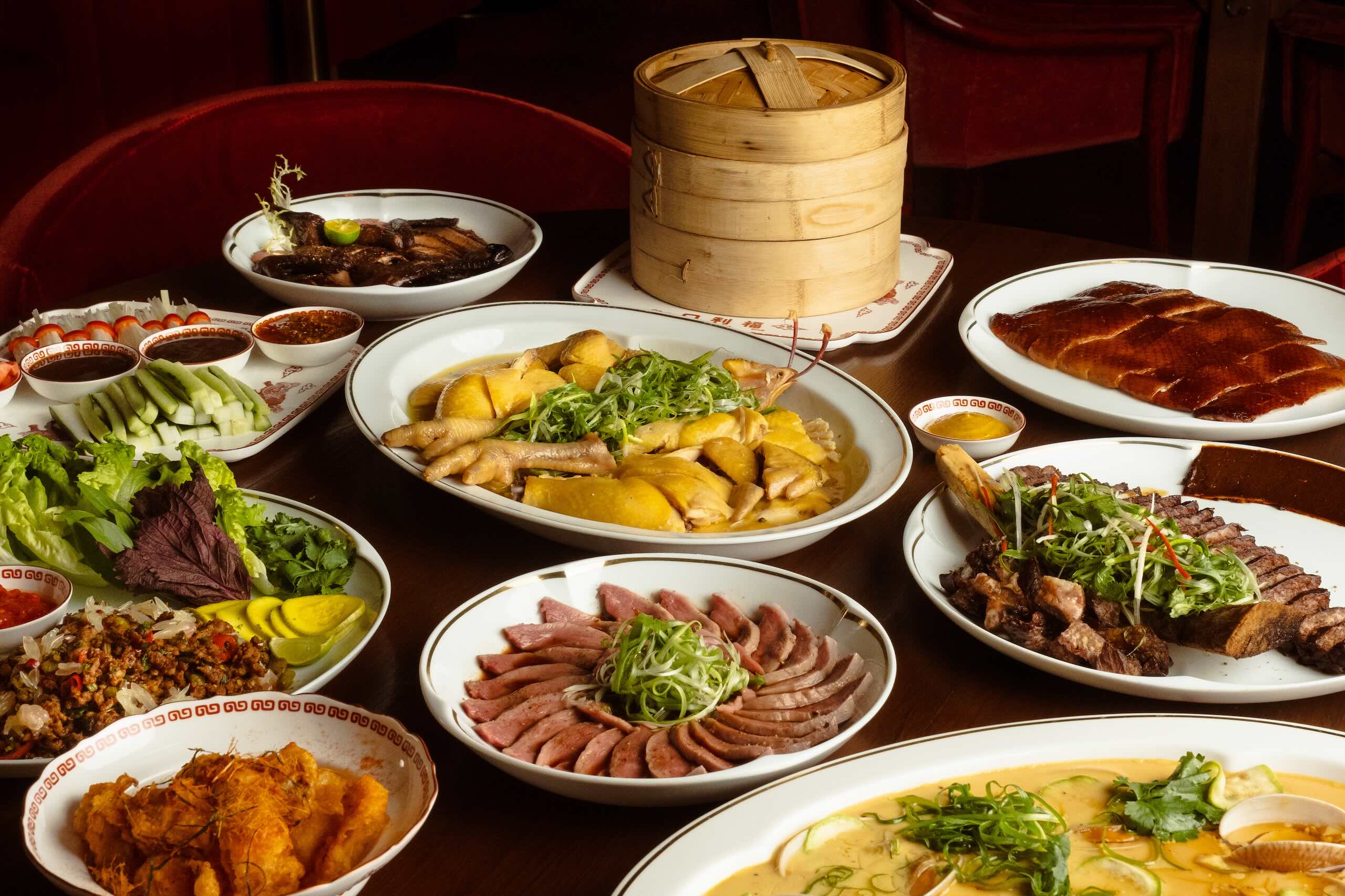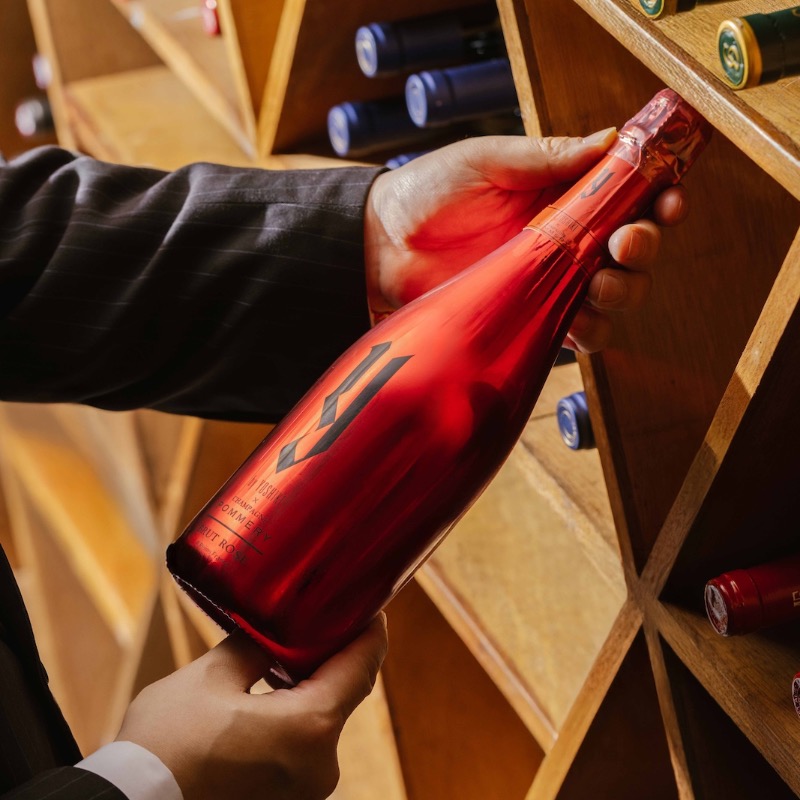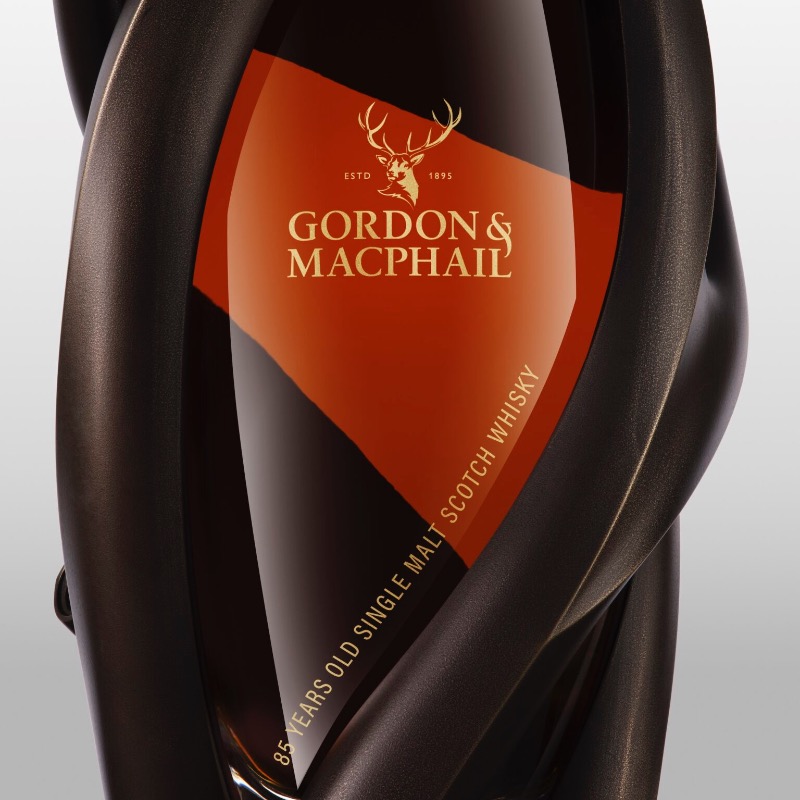It’s not easy to pin down the essence of Ho Lee Fook, but “retro-chic restaurant with a maximalist, colourful energy and a modernist spin on Cantonese dining” comes close.
ArChan Chan, the Hong Kong native who leads this ensemble as the executive chef, thinks of it as a “Chinese restaurant with a Hong Kong heart,” and this new era—dubbed Ho Lee Fook 2.0—is all “about stepping into who we really are. We [want] the restaurant to feel like the city itself: bold, unapologetic, and full of life.”
Joie de vivre is most definitely a defining trait of Ho Lee Fook 2.0, and the restaurant continues to buzz with playfulness, reinventing Cantonese cuisine through a contemporary lens while maintaining a deep respect for tradition and craft. When it first opened in 2014 under the keen stewardship of chef Jowett Yu, Ho Lee Fook was a nonconformist pushing innovative Chinese gastronomy. 11 years on, with Chan having been at the helm for the past four, the restaurant carries on breaking boundaries, blending past, present, and future to create cuisine that continues to surprise.
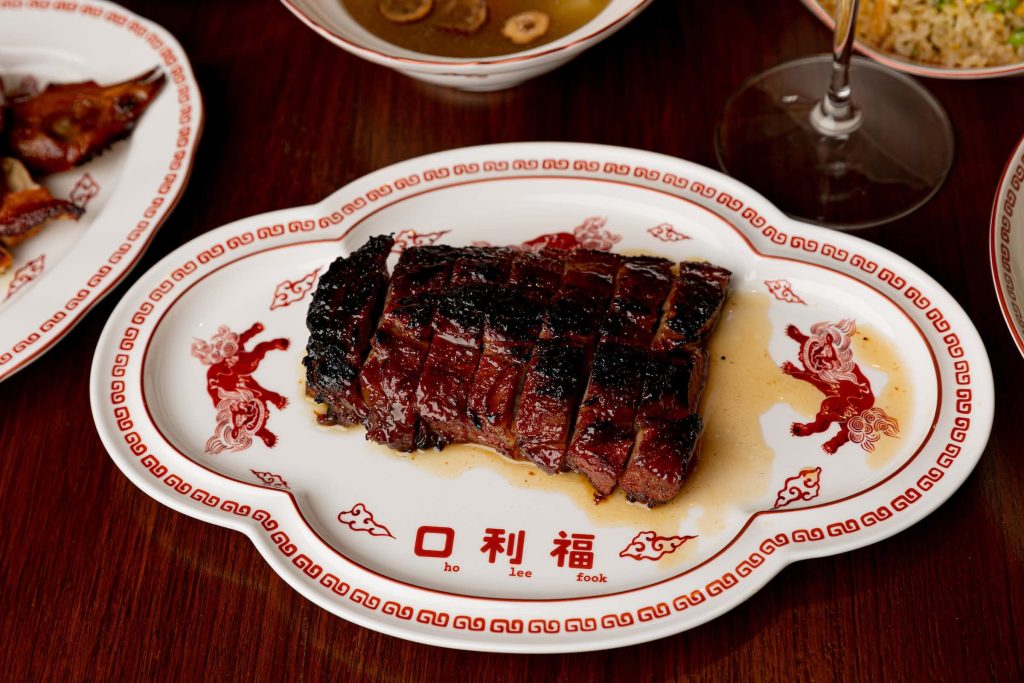
Nailing down the Cantonese classics is key, and with crowd-pleasers like the honey-glazed, charcoal-grilled Kurobuta pork char siu and roast goose with aromatic soy sauce and plum sauce on the menu, there’s little need to reinvent the wheel other than build these dishes on the most premium ingredients available, paired with mastered techniques. Ho Lee Fook’s signature Ho Lee duck, however, strays from the Peking duck model to follow the path of Cantonese siu yuk—roasted meat—where it undergoes three days of marination for impossibly crisp skin and a succulent bite, served with house-made mala beef sauce, pancakes, cucumber, and hoisin sauce.
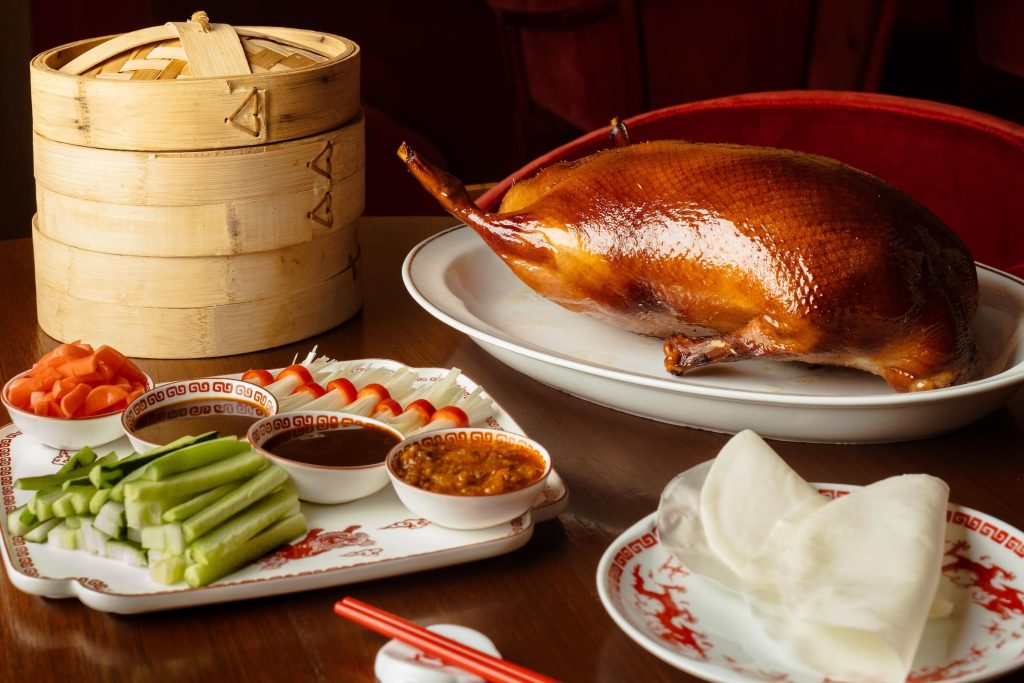
From moreish steamed live razor clams with glass noodles in aged garlic and soy sauce, crispy cheong fun rice noodle rolls served with Ho Lee Fook’s spicy XO sauce, and tea-smoked soy-sauce three-yellow chicken to the eclectic prawn toast and okonomiyaki, blending Cantonese and Japanese flavours, the menu brings local techniques and culinary traditions into a lively waltz with international ingredients, keeping diners on their toes to subvert their expectations of Cantonese dining—never going so far as to render a dish unrecognisable, but often with a cheeky twist.
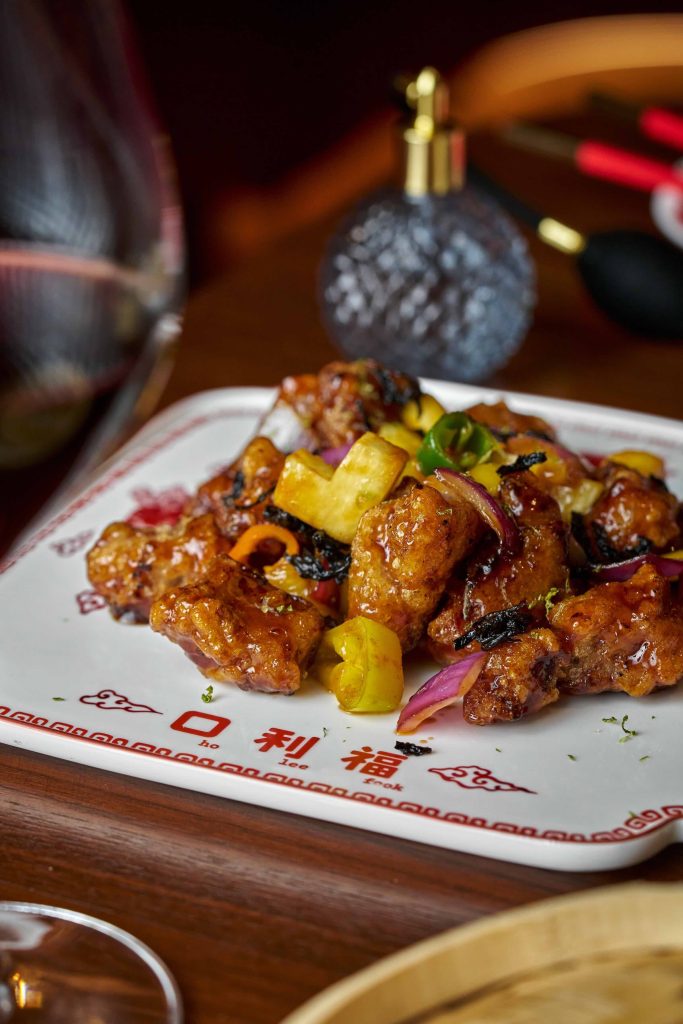
One of our favourite dishes on the menu happens to be one of Chan’s as well, and it’s both incredibly familiar and unconventional at the same time. Ho Lee Fook’s sweet and sour Kurobuta pork is given the avant-garde treatment, featuring tart pineapple chunks painstakingly cut into various Tetris shapes, crispy tea leaves, and perfume lemon zest. Chan’s especially proud of it—understandably so, considering the Ho Lee Fook team sunk 18 months of research and development into the dish, testing and tasting every aspect of it before the dish received a place of pride on the menu.
“I never liked sweet and sour pork growing up, so this dish became a personal challenge: to create a version I could stand behind,” Chan reveals. “It is a Hong Kong classic but also one of the hardest dishes to get right. Every element matters. […] We switched capsicum for sweet peppers, because honestly, most people just leave the capsicum on the plate. We cut the pineapple differently. […] We added crispy tea leaves and a spritz of perfume lemon zest—a nod to the popular perfume lemon tea.” It’s a dish that Chan admits pushed her as a chef, and bears special meaning.
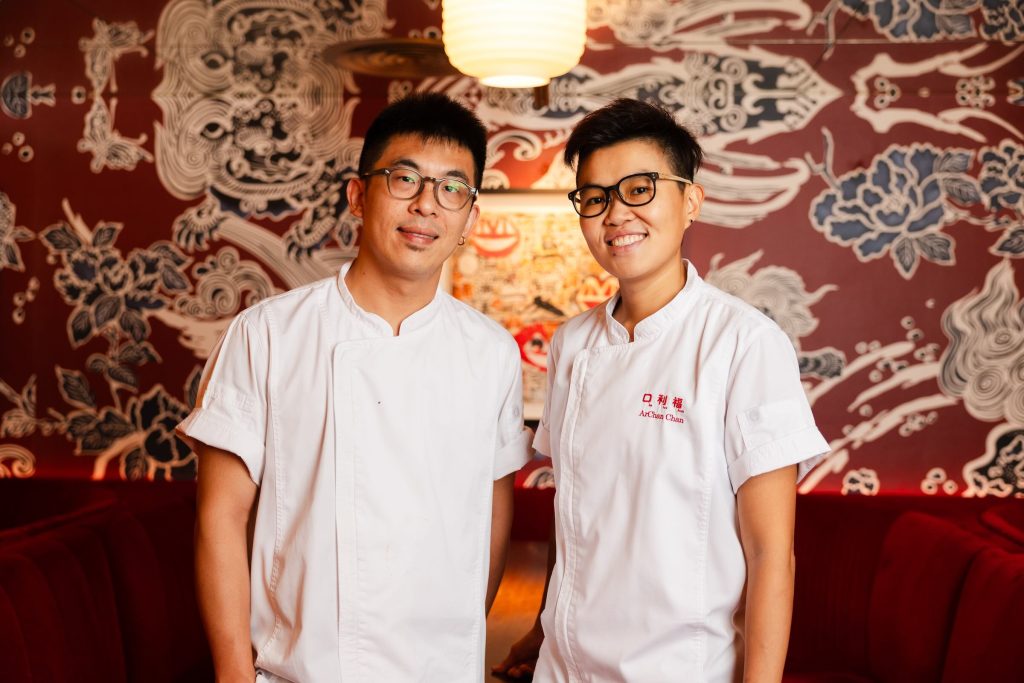
Chan spent 13 years honing her skills in Melbourne and Singapore, developing a profound comprehension of technique, seasonality, culinary knowledge, flavour harmony, and multi-cultural audiences. She credits training abroad with teaching her to challenge her assumptions, and to constantly rethink and refine her approach. At Ho Lee Fook, she walks a balance beam between innovation and appreciation. “For me, creativity is not about breaking the rules—it is about understanding them first,” she says. “I started studying the cuisine, diving into its history, speaking with veteran chefs, and really digging into how the dishes work from the flavours to ingredients to the techniques. Once you have knowledge of those, you can find ways to evolve them.”
Using her sweet and sour pork as an example, Chan reflects on how changing times and new trends can give way to unexpected evolutions, fresh perspectives, and originality. “It is inspired by the recent craze for perfume lemon tea in Hong Kong—something you could not have made 50 years ago because the ingredient did not even exist. It became a way of showing how a classic dish can evolve with the times and with the ingredients available now.” Meanwhile, her philosophy towards ingredients is surprisingly simple: “It always comes down to one thing: flavour—that’s the heartbeat of every dish.”
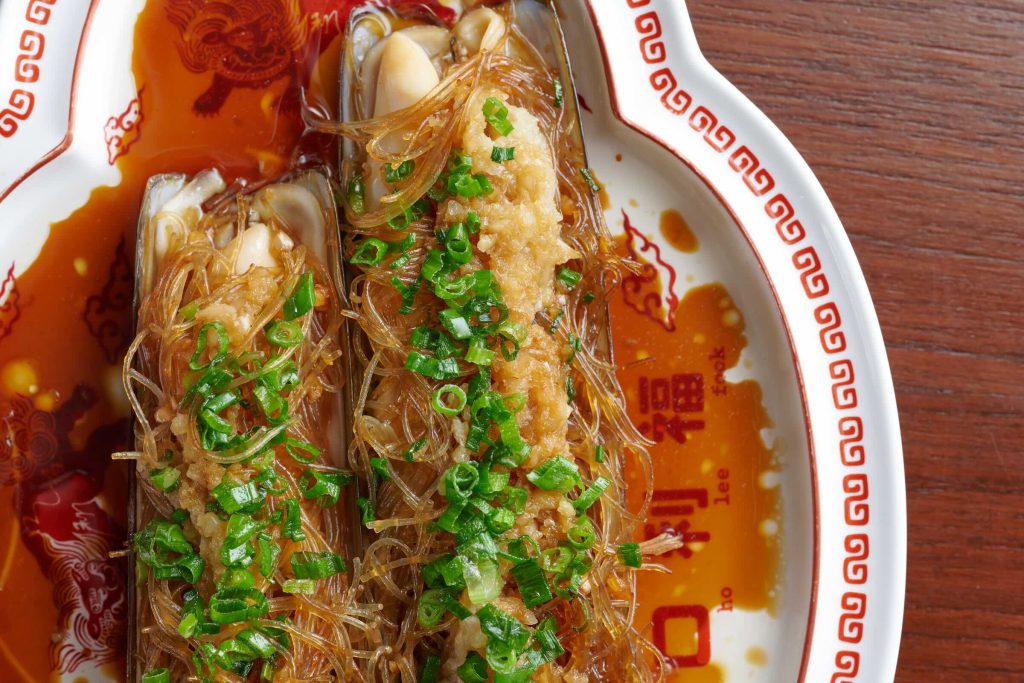
But is there ever a dish that’s too sacrosanct to be meddled with? Not at Ho Lee Fook. Even if the change is subtle or full-on adventurous—like the translation of a traditional dish through unorthodox ingredients, or using a more nuanced preparation style or technique—nothing’s off the table for Chan, but only if the change makes sense.
“I believe every dish can be improved, especially with new ingredients and techniques. But only if the change genuinely makes it better—never just for the sake of it. Some dishes, like har gow, are so close to perfect that they don’t need much interference. You might use fresher prawns or better bamboo shoots, but beyond that? Sometimes, simplicity is what makes a dish great. I always ask myself: Why am I changing this? If it makes sense, if it elevates the dish, then yes. But if it’s just to be different—then no.”
Exploration, however, is always encouraged, and not just on the food menu. Cocktails are given a Cantonese remix in a “supporting role to the dining experience,” Chan explains, and the team plays with “flavours that speak to the region, like a touch of yuzu for that zing of freshness. It’s about creating a flow between what’s in our glass and what’s on your plate.” Boutique Chinese wines also get a platform to shine through Ho Lee Fook’s Vintage Editions, where Chan curates special menus to explore the synergy between Cantonese flavours and regional wines. Past events featured independent wineries from the Yunnan highlands to showcase their small-batch bottlings.
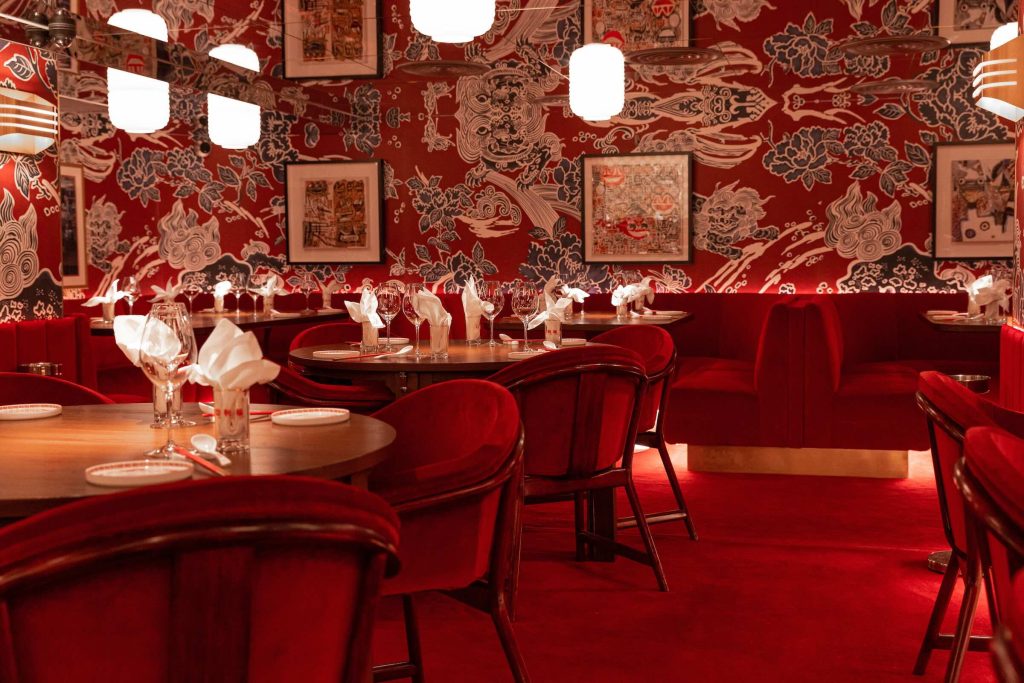
Ho Lee Fook 2.0 also received a head-to-toe overhaul with the arrival of Chan, but the restaurant’s daring vision and mission of spreading joy remain at its core. “We focus on hospitality, not just service. We want our guests to have fun—with good food, music, and energy that makes you want to stay longer.” Its lively interior reflects that purpose, flipping the script by incorporating elements of traditional Chinese dining—“which can be a bit serious, very service-led”—in a novel way. Dix Design + Architecture was tapped once more to reinvent the space, referencing Hong Kong cinema aesthetics of old and 1980s mahjong parlours to create a dramatic atmosphere with vivid swathes of auspicious red, cheongsam-inspired wallpapers, brass details, and golden accents.
Here is where “tradition meets Hong Kong’s unmistakable edge: playful, sometimes cheeky, but backed by a deep respect for craft and the cuisine,” Chan affirms. “We want our food to tell stories, stir emotions, and capture the spirit of this city we love.”
3–5 Elgin Street, Soho, Central, Hong Kong
Tel: (+852) 2810 0860
All images courtesy of Ho Lee Fook.





